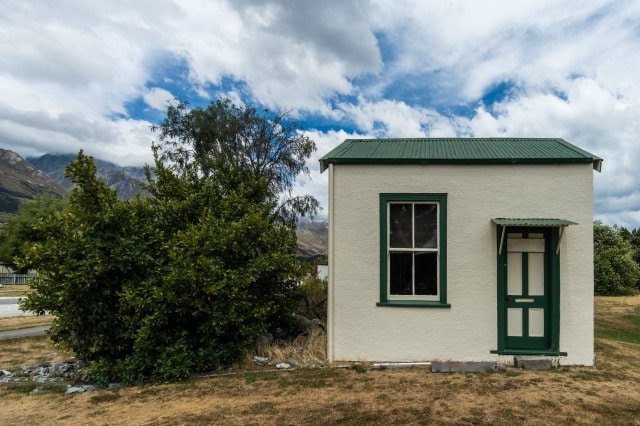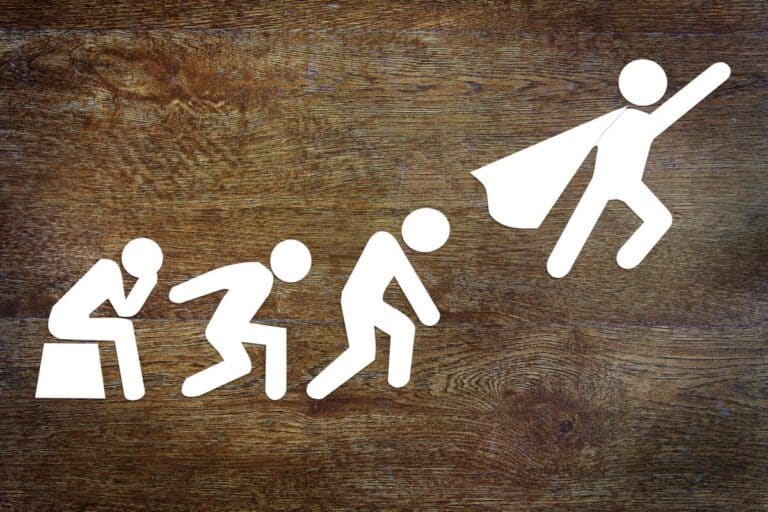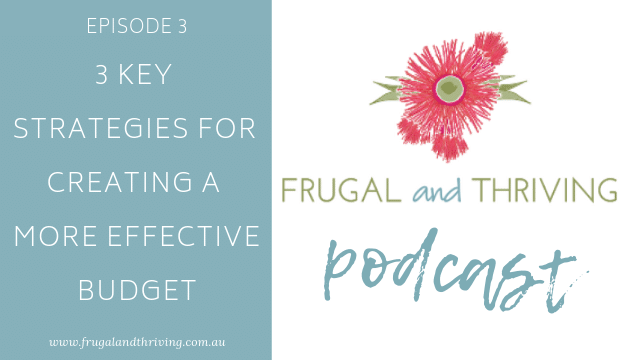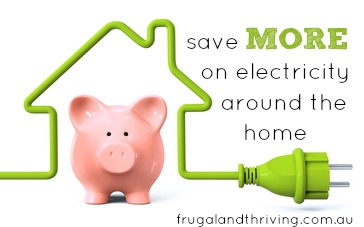How to Save for Large Purchases When Your Budget is Tight
This website may earn commissions from purchases made through links in this post.
Purchasing on credit adds huge interest costs to the original price. Here’s how to save for large purchases on a budget and avoid interest.

‘Save now, buy later’ isn’t a trendy way to purchase big-ticket items like a car, holiday or home appliances. But if you purchase on credit, the cost of interest adds to the original purchase cost.
Saving up for big purchases is simple (although not always easy if your budget is tight) – it’s like making repayments but to yourself and before you purchase.
If you know you can make repayments, then you know you can save up beforehand instead and save $$$ on interest costs.
Save money for large purchases by planning ahead, researching the purchase cost then dividing how much you need to save by the number of paydays until the planned purchase date. If what you need to save is more than you can put aside each payday, push the purchase date back or look for ways to save on the purchase cost.
This post outlines exactly how to save enough money for big purchases.
What if you need something in a hurry and haven’t saved/don’t have time to save up? Read below for tips on how to find money for emergency purchases.
Disclaimer: This is general information only. In this blog, I share my savings and budget planning and what works for us. You should always consult a qualified financial expert when making money decisions to tailor plans to suit your circumstances.
1. Research The Cost of Your Large Purchase
The first step when saving for a large purchase is to research how much you will need to save.
To do this, go online and look around at different stores to find out how much what you want costs.
When researching your item, don’t just consider the initial purchase cost, but also ongoing running costs. A little extra upfront could save you hundreds in the long run.
For example, when comparing cars, consider fuel efficiency, registration and insurance costs. These can differ depending on the make and model you are looking at buying.
Now that you have an idea of how much you need to save, add a little extra for a buffer. It’s better to overestimate and have a bit leftover rather than not have enough.
2. Work Out How Much Time You Have to Save
You may have a specific deadline in which you need to make your purchase. A good example of this is if you are saving for a wedding.
On the other hand, you might choose to give yourself an arbitrary deadline in order to stay motivated. It also makes it easier to calculate how much you need to save each payday.
Once you have a date in mind, count how many paydays between now and your deadline. Then divide your purchase cost by the number of paydays.
Here’s an example: just say you want to buy another car and you’ve budgeted $12,000. Your deadline is a year from now and you get paid fortnightly.
| Purchase cost | Due Date | # of Pays | $ Each Pay |
| $12,000 | 31.12.2023 | 26 | $462 |
3. Update Your Budget
Now that you’ve calculated how much you need to save each payday to reach your savings goal, it’s time to plug that number into your budget to make sure you can afford to put aside this amount each payday.
What if the amount your calculated is more than you can save for?
In our example above, we calculated that we needed to save $462 per payday to reach our savings goal on time. But what if we can only afford to save $250?
Your first option is to adjust your due date. Do this dividing the total amount we need to save by how much we can afford to save each payday.
In our example that would be $12,000 / $250 = 48 fortnights. That adds on almost an extra year to our savings timeline.
If you need to make your purchase before you have time to save the whole amount, check out the tips in section five below on how to afford a large purchase quickly.
4. Pay Yourself First to Meet Your Savings Goals
Once you know how much money you need or can save, the next step is to actually save it.
The best way to save money is to automate the process by having a separate savings account for you to automatically transfer money into each payday. You don’t miss what you don’t see and automating your savings means you’re not wrestling with self-disciple.
It can be motivational to track your savings. How you track them is up to you: I like to use excel, but pencil and paper work fine, you might have multiple savings accounts, or you could put a big chart up on the wall to keep you motivated.
[Incidentally, you can use this plan for multiple savings goals. We are currently saving for new screen doors, a larger fridge, and roof insulation. For more information see: How to save towards multiple savings goals.]
5. How To Afford a Large Purchase if You Need it Before You Can Save for It
What happens if you can’t save enough money in time? Or something critical has broken (like a fridge or car) that needs replacing ASAP?
If you’ve saved part of the cost and rely on credit for the rest, then at least you’re saving yourself a portion of interest.
If you do have to rely on credit for a portion of the purchase, look at interest-free options, or shop around to get the lowest interest rate possible. Read the fine print very carefully and calculate repayment amounts yourself so you can be sure to pay the debt back before the interest-free period is over.
To save money on purchases made with regular credit, try to pay off the debt as quickly as possible to save as much on interest as you can.
If you’re a low income earner with a Healthcare card or Pension card, you may be eligible for a No Interest Loans (NILS) for essential goods and services. Find out the details and eligibility here.
Buying When You Haven’t Saved Enough
What if you need something NOW and you haven’t been able to save?
You can look around to find a better deal or a cheaper option. For example, you could:
- buy second hand
- consider factory seconds
- keep an eye out for sales or special deals
The other option is to give your savings a boost. You could:
- sell unwanted stuff to give your savings a quick boost
- temporarily cut everyday expenses to supercharge your savings
- put any windfalls (like a tax return) towards your saving goal
- Find a second job/extra work temporarily to save up faster
6. Paying for Large Purchases with Cash in the Future
Unexpected expenses pop up from time to time. While we can’t predict when, we can be certain that they will happen eventually.
That’s where an emergency fund comes in. It’s your savings buffer to help pay for these unexpected expenses.
The steps for saving an emergency fund are very similar to saving for a large purchase. For more information, check out the article: Six Steps to Saving an Emergency Fund.
Buying on credit and accruing interest adds significantly to the original purchase cost of big ticket items.
Saving up and paying cash will save you money on interest. And the interest savings you make are better off in your pocket than in the pockets of the bank’s shareholders.










